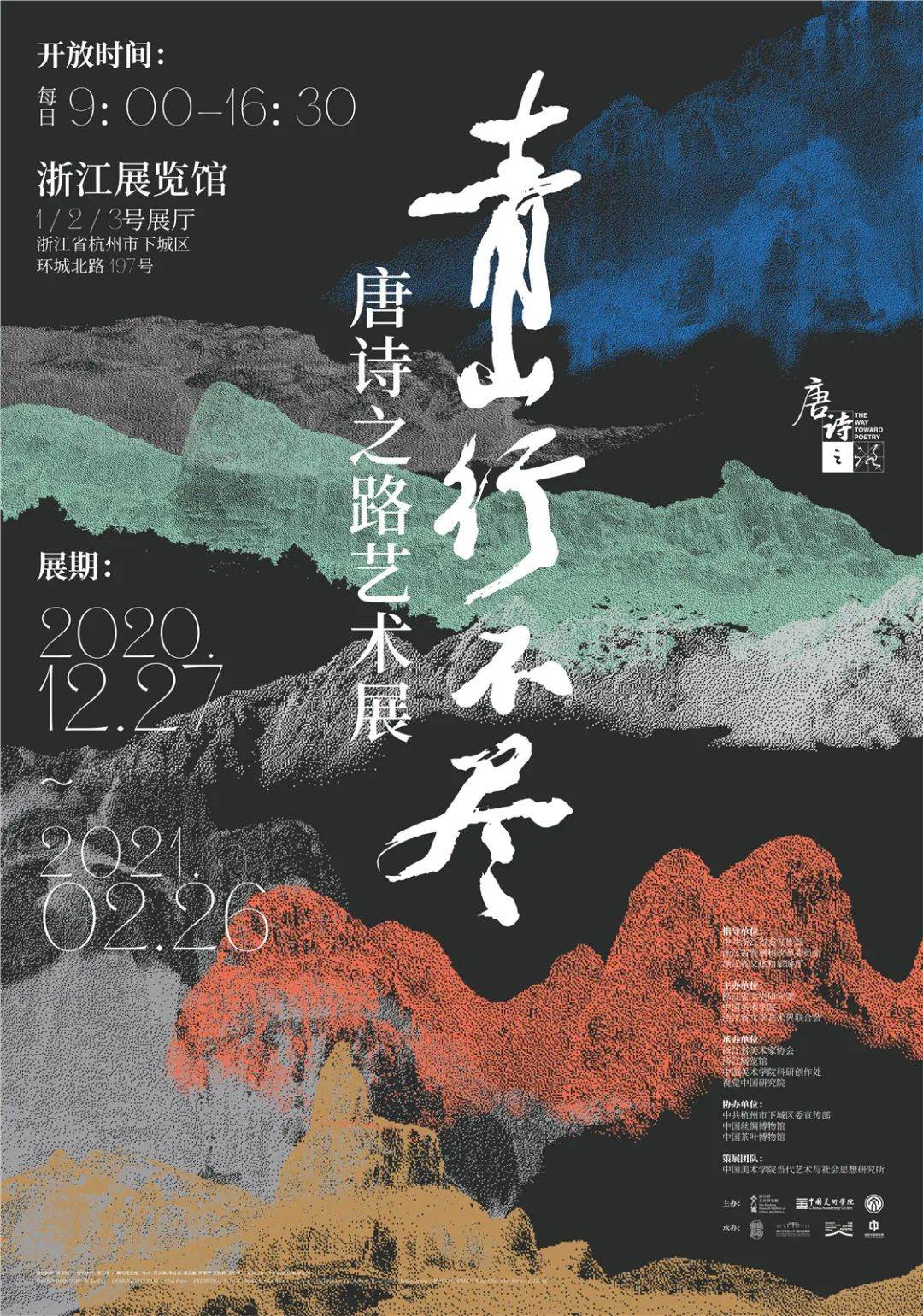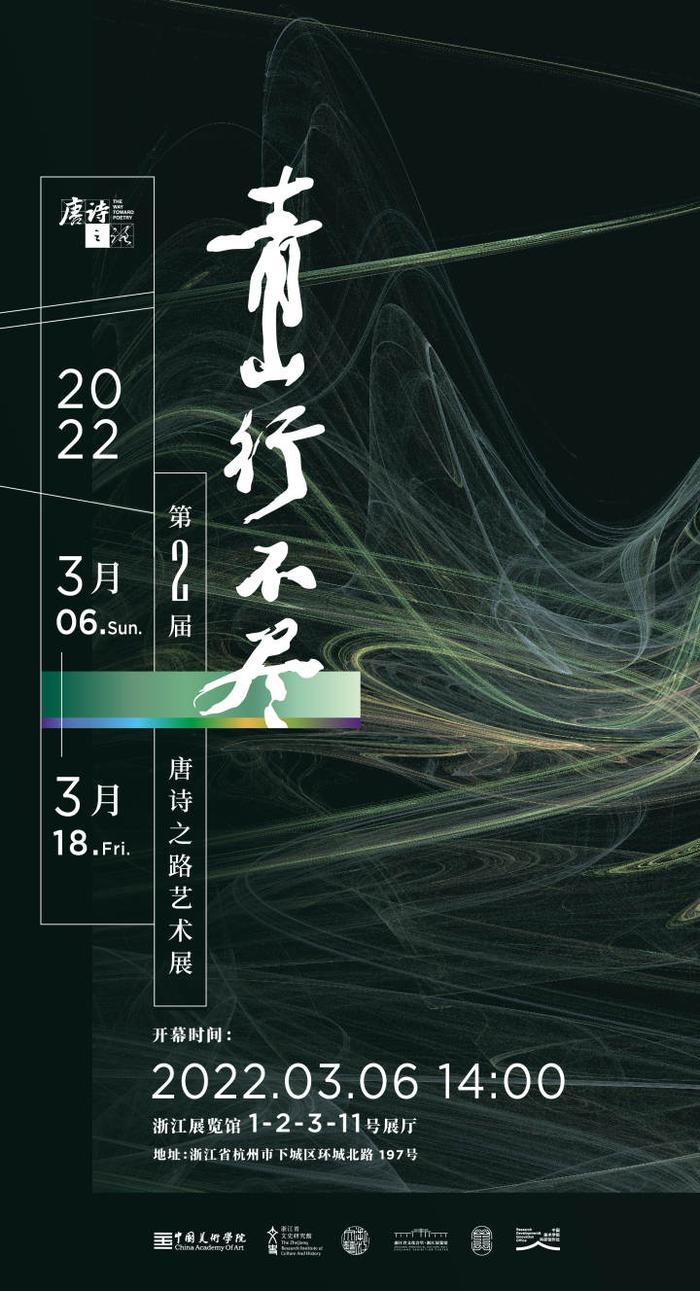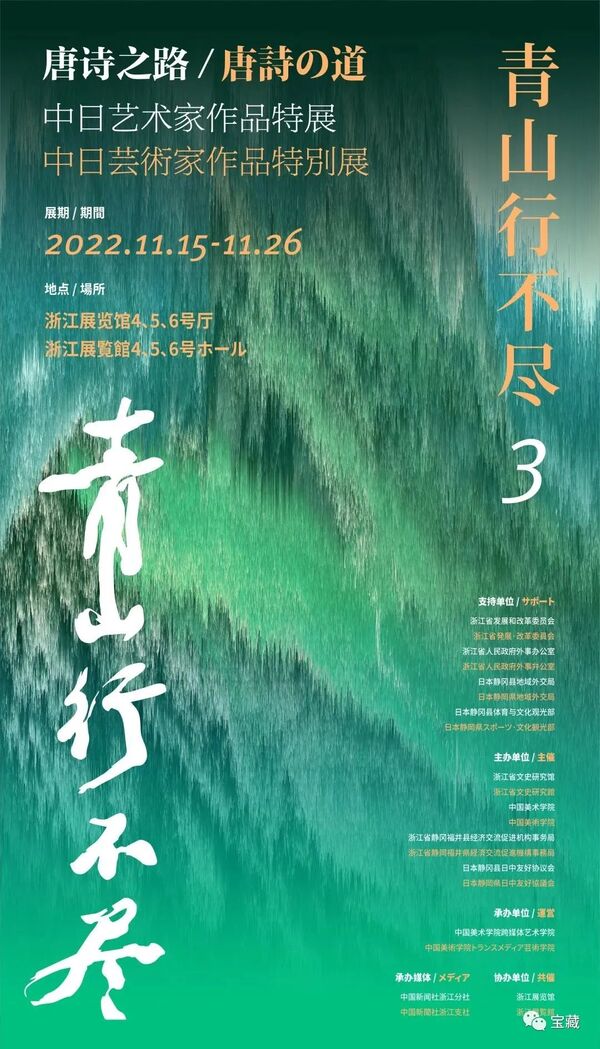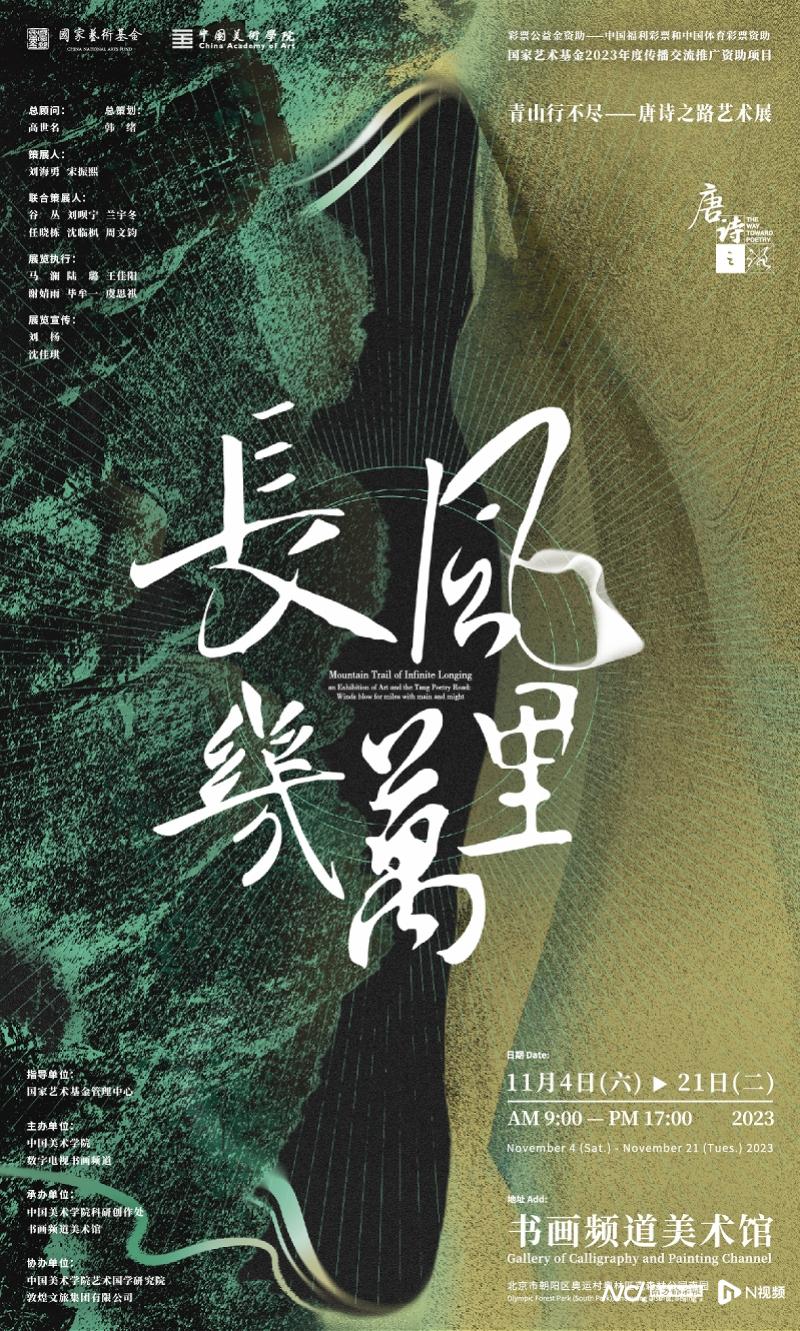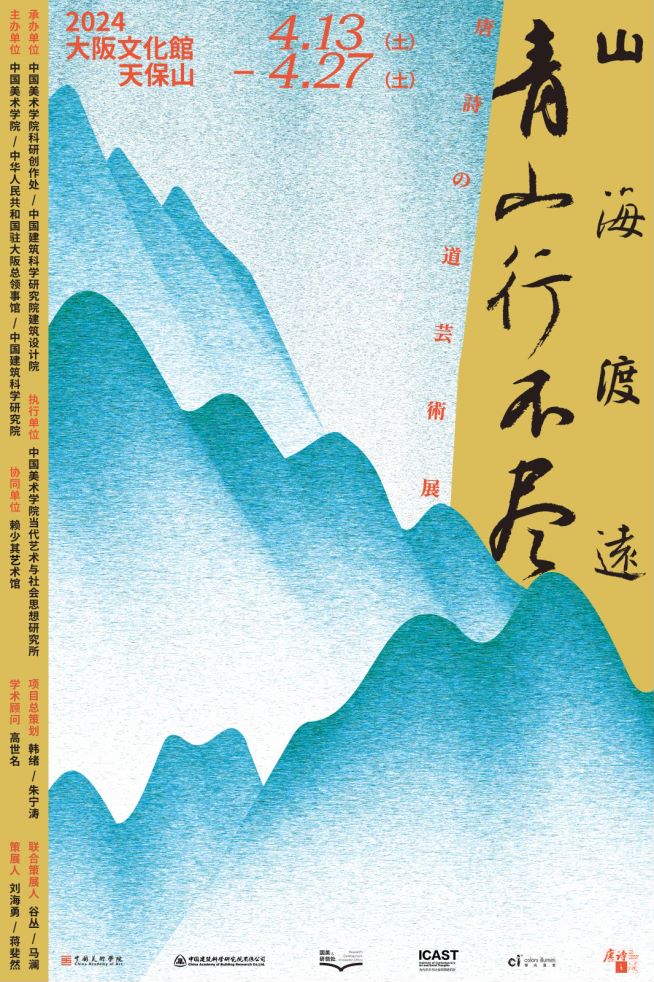2020-2024
Art and the Tang Poetry Road is a long-term academic project of China Academy of Art. It’s a school-wide comprehensive research project, that involves travelling to the countryside to collect materials, engage in collective creativity, design and planning. Both teachers and students of ICAST have participated in the curation and production for many years.
Tang poetry is a vital part of school education for all Chinese, the shared knowledge and collective memory of billions of Chinese people throughout history; it is also an important part of the DNA of Chinese civilization. The Tang Poetry Road is the actual location of the poetic soul of all Chinese people. The concept of the Tang Poetry Road was formally proposed in 1991 by Zhu Yuebing, a researcher of Tang poetry in Xinchang County, Shaoxing. and was officially named the Chinese Tang Literature Society in 1993. So far, more than 400 poets have been officially verified as Tang Dynasty, leaving more than 1,500 poems from the Complete Tang Poems from the road. Ancient poets embarked on their journeys in various phases of life: youthful wanderings, mid-life exiles, and old-age returns. They experienced officialdom and seclusion, roamed mountains and explored rivers, contemplated history and sought the Way. Along the path of life, amidst nature, they travelled, rested, and engaged in endless poetic exchanges.
Nearly a thousand students and teachers from the China Academy of Art, spanning three generations (from the 1940s to the 2000s), form nearly twenty specialized teams in poetry, calligraphy, traditional Chinese painting, intermedia, film, illustration, design, crafts, and environmental art. Each year, they traverse different routes, measuring the 'Tang Poetry Road' with their footsteps. They delve into contemporary realities, exploring famous mountains and rivers, ancient towns and villages, highways and rural paths, and local customs and traditions, covering thousands of kilometers. In their 'poetic exchanges' with the ancients, they uncover the multiple layers of folk wisdom, drawing from the power of the people, and reflecting on the relationships between modern people and sages, people and the land, and today's literature, art, culture, cultural heritage, cultural tourism, and creativity. They engage in a broad yet intricate, lofty yet everyday cultural and artistic creation.
Since 2020, The Exhibition of Art and the Tang Poetry Road has had five editions. After Endless Mountains—An Exhibition of Art and the Tang Poetry Road (2020) and Endless Mountains II - The Way Toward Poetry Art Exhibition (2022), China Academy of Art extended the Tang Poetry Road of eastern Zhejiang westwards, in the exhibition Endless Mountains—An Exhibition of Art and the Tang Poetry Road: Mountain Trail of Infinite Longing (2023,2024), and to Japan with the exhibition Endless Mountains Three—the Tang Poetry Road Chinese and Japanese Artists Special Exhibition, Endless Mountains: Spanning Mountains and Seas—An Exhibition of Art and the Tang Poetry Road (2024), gradually exploring the meaning of the Tang Poetry Road through ancient and modern China and the West.
Art and the Tang Poetry Road is a long-term academic project of China Academy of Art. It’s a school-wide comprehensive research project, that involves travelling to the countryside to collect materials, engage in collective creativity, design and planning. Both teachers and students of ICAST have participated in the curation and production for many years.
Tang poetry is a vital part of school education for all Chinese, the shared knowledge and collective memory of billions of Chinese people throughout history; it is also an important part of the DNA of Chinese civilization. The Tang Poetry Road is the actual location of the poetic soul of all Chinese people. The concept of the Tang Poetry Road was formally proposed in 1991 by Zhu Yuebing, a researcher of Tang poetry in Xinchang County, Shaoxing. and was officially named the Chinese Tang Literature Society in 1993. So far, more than 400 poets have been officially verified as Tang Dynasty, leaving more than 1,500 poems from the Complete Tang Poems from the road. Ancient poets embarked on their journeys in various phases of life: youthful wanderings, mid-life exiles, and old-age returns. They experienced officialdom and seclusion, roamed mountains and explored rivers, contemplated history and sought the Way. Along the path of life, amidst nature, they travelled, rested, and engaged in endless poetic exchanges.
Nearly a thousand students and teachers from the China Academy of Art, spanning three generations (from the 1940s to the 2000s), form nearly twenty specialized teams in poetry, calligraphy, traditional Chinese painting, intermedia, film, illustration, design, crafts, and environmental art. Each year, they traverse different routes, measuring the 'Tang Poetry Road' with their footsteps. They delve into contemporary realities, exploring famous mountains and rivers, ancient towns and villages, highways and rural paths, and local customs and traditions, covering thousands of kilometers. In their 'poetic exchanges' with the ancients, they uncover the multiple layers of folk wisdom, drawing from the power of the people, and reflecting on the relationships between modern people and sages, people and the land, and today's literature, art, culture, cultural heritage, cultural tourism, and creativity. They engage in a broad yet intricate, lofty yet everyday cultural and artistic creation.
Since 2020, The Exhibition of Art and the Tang Poetry Road has had five editions. After Endless Mountains—An Exhibition of Art and the Tang Poetry Road (2020) and Endless Mountains II - The Way Toward Poetry Art Exhibition (2022), China Academy of Art extended the Tang Poetry Road of eastern Zhejiang westwards, in the exhibition Endless Mountains—An Exhibition of Art and the Tang Poetry Road: Mountain Trail of Infinite Longing (2023,2024), and to Japan with the exhibition Endless Mountains Three—the Tang Poetry Road Chinese and Japanese Artists Special Exhibition, Endless Mountains: Spanning Mountains and Seas—An Exhibition of Art and the Tang Poetry Road (2024), gradually exploring the meaning of the Tang Poetry Road through ancient and modern China and the West.
